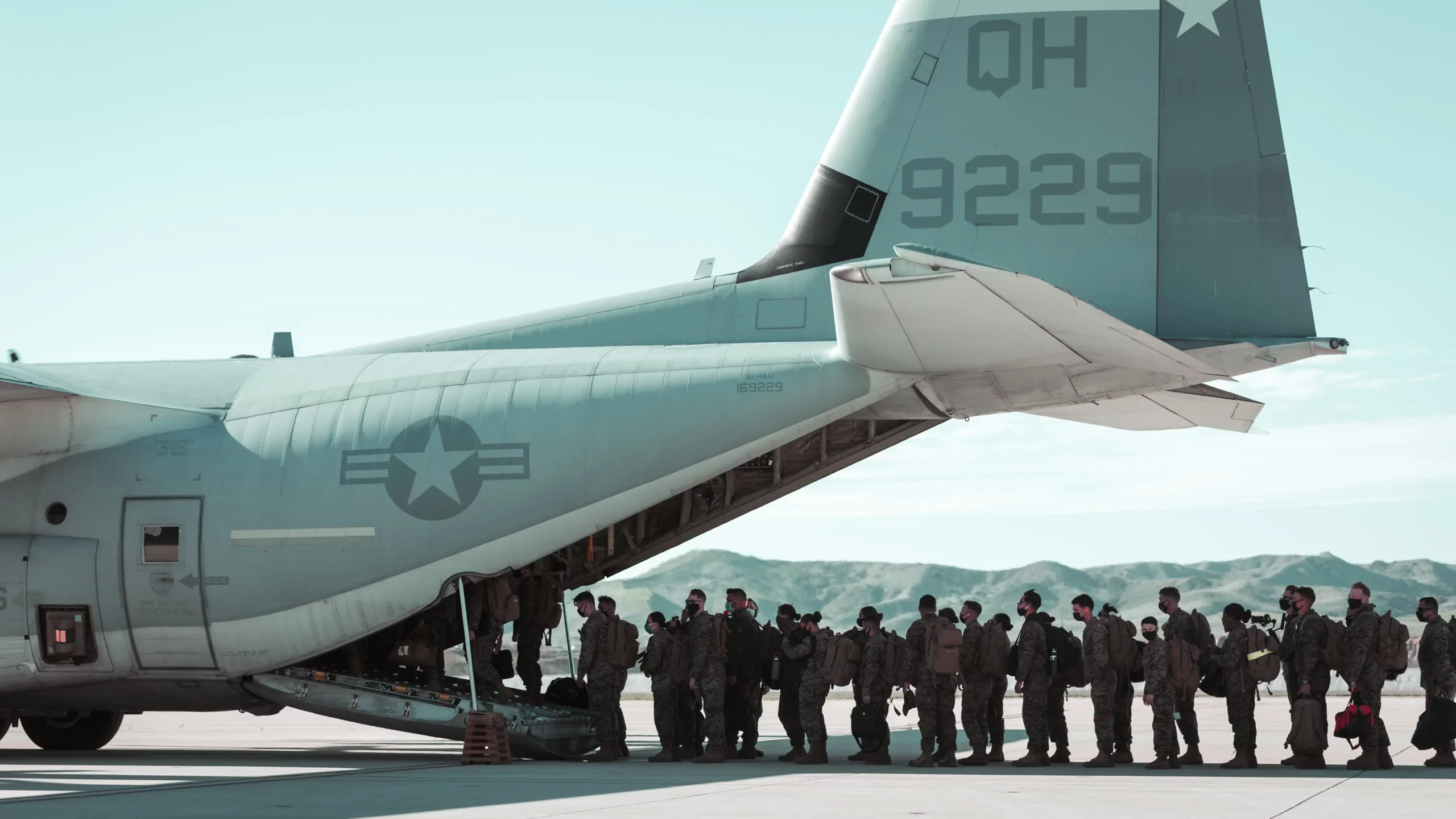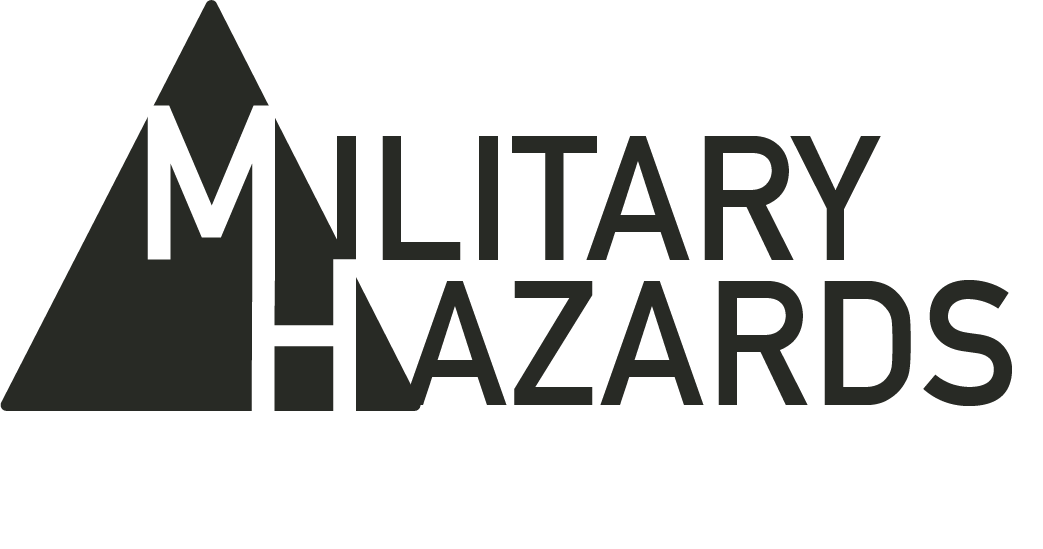Contact Our Legal Partner
"*" indicates required fields

Aircraft maintenance is crucial to ensuring the safety and reliability of both commercial and military aviation. Yet and still, the occupation is filled with potential hazards that expose workers to a range of physical dangers. Below, we will discuss some of the most common occupational hazards associated with aircraft maintenance.

Chemical Hazards
Aircraft maintenance workers are often exposed to a range of hazardous chemicals, such as solvents, cleaning agents, and adhesives. Chemicals such as these can cause everything from minor irritation to severe long-term damage to a person’s health. For example, exposure to certain types of hydraulic fluid that contain toxic substances like tricresyl phosphate, may cause serious neurological damage.
Physical Hazards
Some of the most common physical hazards aircraft maintenance employees are exposed to are such things as noise, vibration, and even ergonomic stresses. The noise produced by aircraft engines or other equipment is certainly a cause for concern and has the potential to cause hearing damage or complete hearing loss. Additionally, vibration from things like tools and machinery may lead to musculoskeletal disorders as well. And, ergonomic stress like working in awkward postures and positions along with repetitive motions, might also cause long-term injuries to muscles and joints.
Electrical Hazards
Aircraft maintenance workers are also often exposed to electrical hazards while working on aircraft systems. Electrical shocks and burns can certainly occur if proper safety procedures are not followed. Workers should be sure that they are trained in electrical safety and how to properly use appropriate PPE to protect themselves from these electrical hazards.
Fall Hazards
Aircraft maintenance workers may also be required to work at dangerous heights, such as on the top of an aircraft or on an elevated platform. Without proper harnessing or lanyards, falls from heights like these can cause serious injuries and even death.
Fire and Explosion Hazards
Additionally, the work of aircraft maintenance personnel carried with it the potential to be exposed to fire and explosion hazards. Working on aircraft systems that use fuel, flammable substances, or weapons should be taken seriously and only performed after taking proper safety precautions and receiving appropriate education. Certainly, these workers should be trained in fire safety and emergency response procedures to identify, prevent, and respond to fire and explosion incidents.
Biological Hazards
Lastly, maintenance of or around aircraft may be exposed to significant biological hazards. The most notable of these hazards are infectious agents or passengers that have been or are being transported by the aircraft. Workers should therefore be trained in biohazard safety and be taught the appropriate uses and functions of PPE to protect themselves from exposure from such biological hazards.
Preventing Occupational Hazards
In order to prevent occupational hazards, aircraft maintenance workers must undergo significant training to learn how to safely handle aircraft systems and use the most appropriate safety equipment that is provided to them. It should also be mentioned that employers should also provide regular health check-ups and closely monitor their workers’ exposure to noise, chemicals, and other hazards.
For all of these reasons, aircraft maintenance is certainly a hazardous occupation that has the potential to expose its workers to a range of occupational hazards.
